
views
X
Trustworthy Source
Mayo Clinic
Educational website from one of the world's leading hospitals
Go to source
Everyone experiences fibromyalgia differently, so the treatment regimen is usually specific to what works for each person. The following techniques are the most common recommendations from doctors, and they may help you manage your condition and alleviate your pain.
Exercise-Based Treatments

Get at least 30 minutes of physical activity 5 days per week. Staying active is proven to reduce fibromyalgia symptoms, even if it’s initially painful. Try to get some physical exercise every day. A good target is 30 minutes a day for 5 days a week, but you can do more than this as well. Walking, running, biking, weightlifting, aerobics, kickboxing, and yoga are just some of the activities you could try. Playing sports counts as well. Start slow if you’re not used to working out. Don’t try to lift too much weight or run a marathon right off the bat.
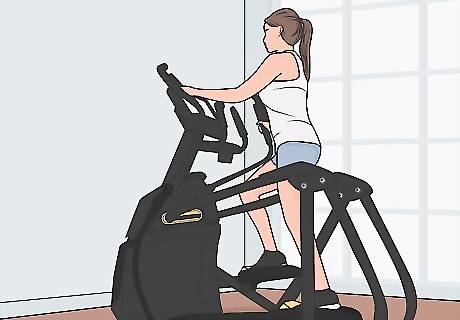
Focus on low-impact exercises if you’re having a flareup. You might feel pain and stiffness during a flareup, so low-impact exercises might avoid making the pain worse. Try biking, swimming, or using an elliptical machine to avoid stressing your joints and muscles.
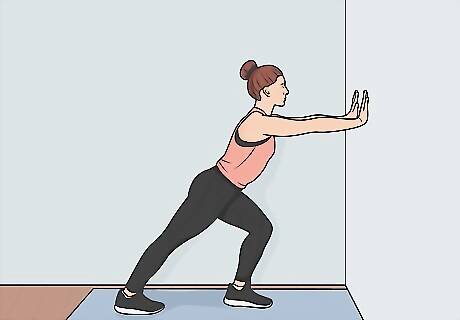
Stretch every day to keep your muscles loose. Muscle stiffness is very common with fibromyalgia, and this can make you feel less mobile and energetic. Make some time for stretching every day to loosen your muscles up and get you ready for activity. Try to focus on the muscles that are sore or tight. If you need some guidance, there are many full-body stretching videos on YouTube.
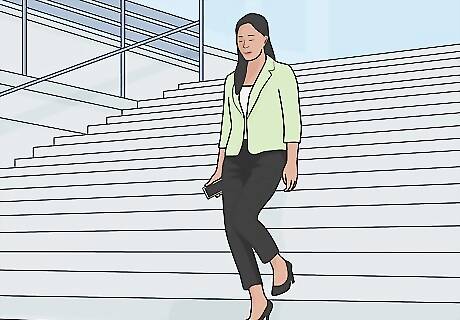
Do daily tasks that require more physical activity. Take the stairs instead of the elevator, walk instead of driving short distances, and do some yardwork. These activities all force you to move more, which helps keep you mobile.
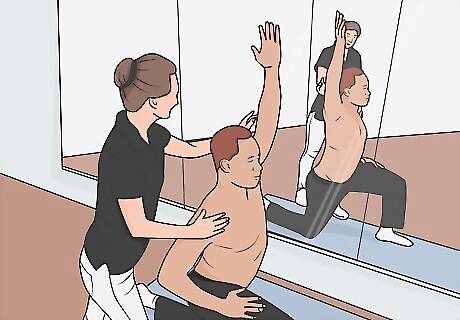
Work with a physical therapist to learn more exercise techniques. These professionals can help design the perfect exercise program for you and provide feedback on your technique. You may need a referral or prescription from your regular doctor to see a physical therapist.
Relaxation and Mindfulness Techniques

Try to maintain a positive outlook. Depression is more common among people with fibromyalgia, which will make you feel worse. Do your best to maintain a positive outlook on the situation and boost your mood.
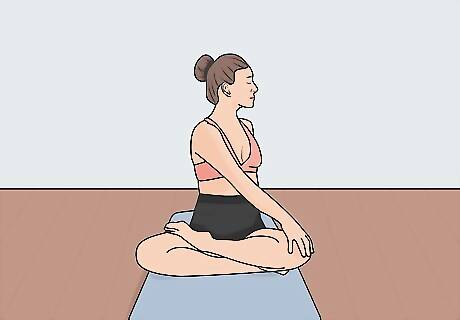
Reduce stress as much as you can. Some people find that their fibromyalgia flares up when they’re especially stressed. Learning some effective stress-management techniques can help improve your condition during a flareup. Relaxation techniques like deep breathing or quiet meditation can help relieve your anxiety. Try to recognize the symptoms of rising stress, like muscle tensing, a high heartrate, or breathing fast. These are signs you need to calm yourself.
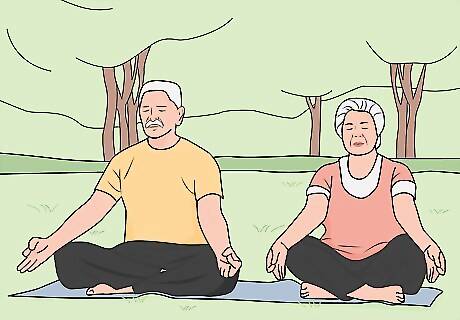
Practice meditation to relieve anxiety. Daily meditation is great for your mental health. Try setting aside 10-15 minutes in the morning or evening to unwind with some peaceful meditation to release your anxiety.
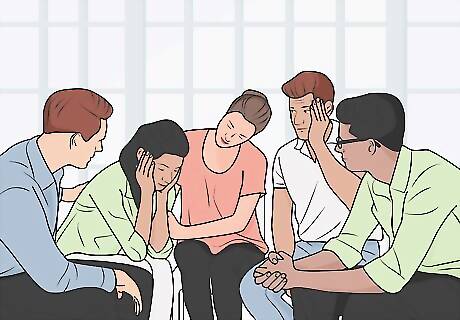
Build a support network so you don’t feel alone. Isolation can be bad for your mental health. Talk to your friends and family about your condition. Their support can raise your mood and avoid more serious flareups. Check online to see if there is a fibromyalgia support group in your area. This way, you can connect with people who know what you’re experiencing.

Do activities that you enjoy every day. Enjoyable activities, whatever they are, help raise your mood and reduce your stress. Try to make some time every day for your favorite activities.
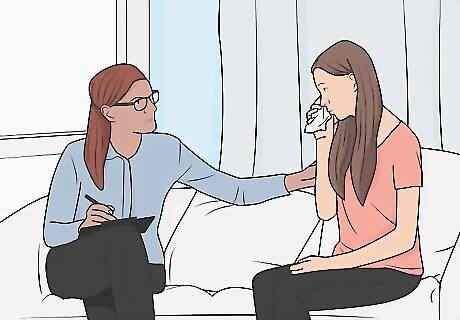
Speak with a therapist if you have trouble reducing your anxiety. Fibromyalgia is a stressful condition, and there’s no shame in reaching out for help. A professional therapist can give you more stress-reducing techniques to raise your mood. Cognitive behavioral therapy is the most common treatment for fibromyalgia. It retrains your brain to view situations more positively.
General Lifestyle Changes
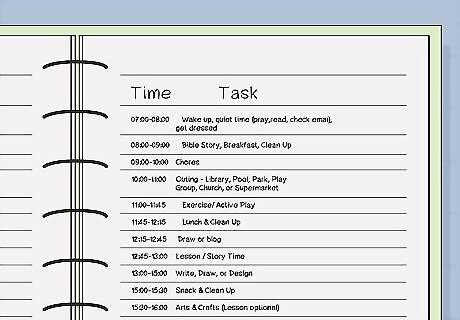
Follow a regular schedule every day. People with fibromyalgia tend to respond well when they keep a regular schedule. Try to wake up and go to bed, eat meals, exercise, and work at consistent times each day. Planning ahead helps stick to a schedule. Try drawing out your weekly schedule so you know what to expect.
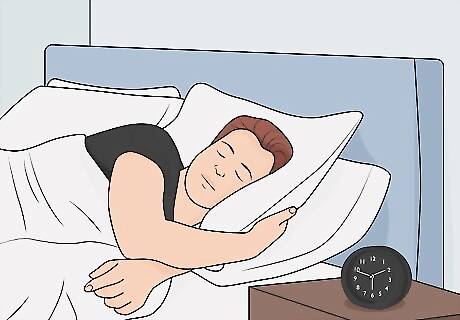
Get as much sleep at night as possible. Insomnia is a common fibromyalgia symptom, so sleeping well can be difficult. Waking up at the same time each day, winding down for an hour before going to bed, and avoiding caffeine for at least 3 hours before bed can help you sleep better. Avoid napping throughout the day. This can make falling asleep at night harder.
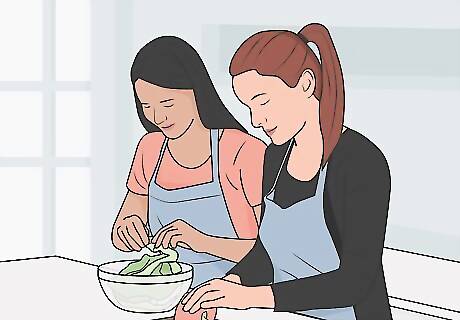
Eat a healthy diet rich in fresh foods. There is no clear link between diet and fibromyalgia, but following a healthy diet is always good for your overall health. Design a diet high in fresh fruits and vegetables, lean proteins, and healthy fats, and low in processed or sugary foods. Following a healthy diet can help you lose weight, which might improve your fibromyalgia symptoms. While you might think an anti-inflammatory diet will improve fibromyalgia, this isn’t true because inflammation doesn’t cause fibromyalgia. Still, anti-inflammatory diets are usually very healthy.
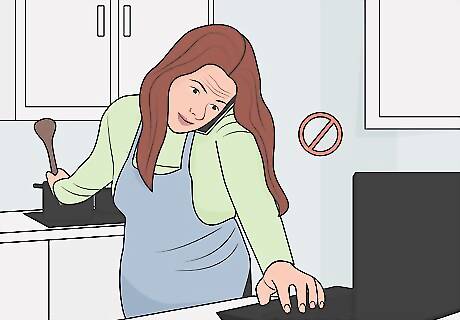
Avoid doing too many activities on your good days. Since fibromyalgia symptoms come and go, you might be tempted to do a lot of activities on your good days. This could be counterproductive, because if you stress your body, you might have more bad days. Stick with a moderate amount of activity when you’re feeling well.

Drink alcohol in moderation. Stick to an average of 1 or 2 drinks per day if you drink to avoid any complications. If your symptoms regularly get worse after you drink, then you might want to quit altogether.
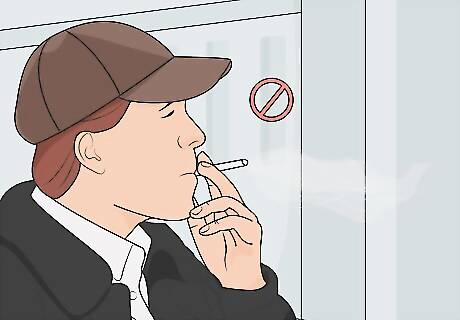
Quit smoking or avoid starting altogether. Nicotine is bad for your health overall, and could make fibromyalgia worse. Quit smoking or don’t start in the first place to avoid long-term damage.
Alternative Treatments
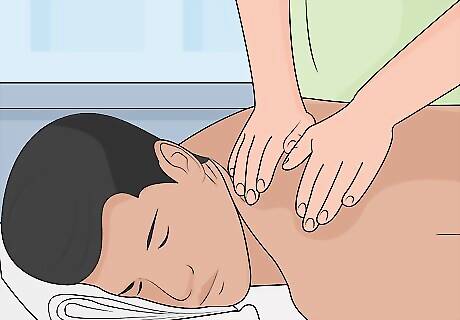
Visit a massage therapist to loosen your muscles. There is no evidence that having a massage treat fibromyalgia, but it could make you feel a lot better. Try visiting a massage therapist periodically to relieve some of your tension. Massages also give you something to look forward to, which helps improve your mood.
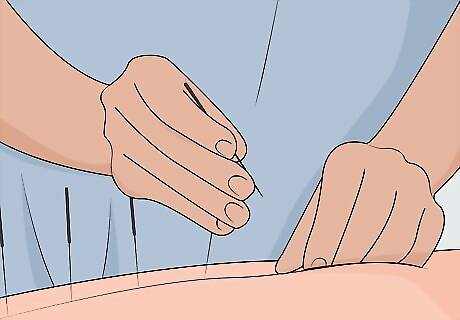
Have an acupuncture treatment. Some people find acupuncture effective for their fibromyalgia symptoms, but it doesn’t work for everyone. Try visiting an acupuncturist to see if this relieves your pain. Always visit a licensed and experienced acupuncturist so you know you’re receiving a safe treatment.
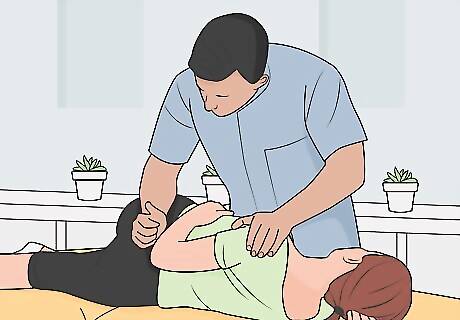
See a chiropractor if you regularly have back pain. If your pain settles in your back, then a chiropractor might be able to help. A spinal adjustment could reduce pressure on your nerves and relieve the pain.

Try aromatherapy to boost your mood. Aromatherapy doesn’t directly treat fibromyalgia, but it does help relieve stress and improve your mood. This can help you deal with your symptoms better.




















Comments
0 comment